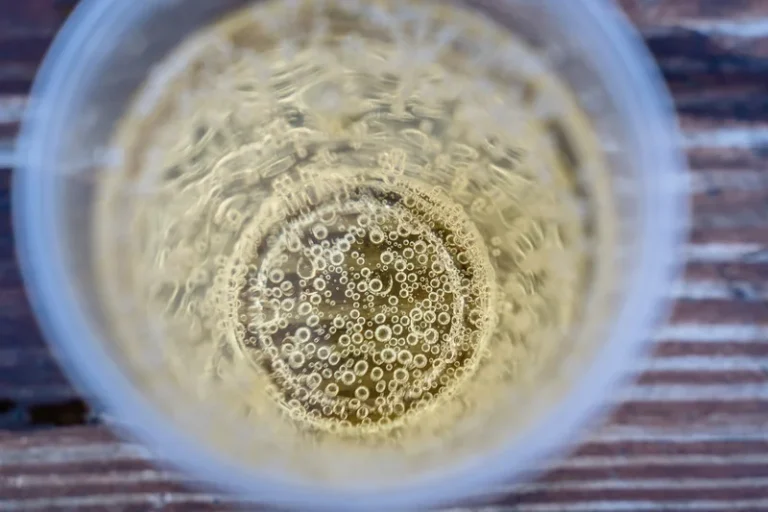Peer Pressure in Psychology: Definition, Types, and Impact

Encouraging supportive interactions among peers can enhance mental well-being and resilience. Immigrant communities may experience unique peer pressure dynamics that impact mental health. These individuals often navigate cultural expectations while integrating into new societies. This can lead to additional stressors such as family expectations, language barriers, and acceptance within peer groups. Young adults, transitioning into independence, also face peer pressure related to social norms and expectations. They may encounter pressures concerning career choices, relationship dynamics, and lifestyle habits that can exacerbate stress and anxiety levels.
Fostering a Culture of Acceptance
She believes she was probably a rodeo queen in another life and recharges by spending time with friends and family. Specializing in Compulsive Hoarding and Behavior Addictions, Brionna guides clients towards healthier relationships and boundaries. Additionally, she is trained in Brainspotting, offering a unique approach to trauma-informed care. Jill is a Colorado native who received a master’s in clinical psychology with an emphasis on women’s studies from the University of Houston. Jill has worked in several inpatient and outpatient centers, treating clients in all levels of care in both individual and group settings. Originally from Boca Raton, Florida, Danny moved to Denver to study at the University of Colorado and earned a master’s degree in counseling.

3. Peer Pressure and Sexual Intercourse

As we wrap up our exploration of peer pressure, it’s worth zooming out to consider its place in the broader landscape of human psychology. Peer pressure isn’t just a phenomenon that affects individuals – it’s a fundamental aspect of how we function as social beings. Peers can motivate us to try new experiences, develop new skills, and push ourselves out of our comfort zones in healthy ways.
- Drinking alcohol to conform to belong to a group is an example of unspoken peer pressure.
- From an evolutionary perspective, our susceptibility to peer influence likely served an important survival function.
- Negative Peer Pressure — being pressured to do something that goes beyond your moral beliefs or against your core values.
- Can we harness the power of positive peer pressure to address societal issues?
AspenRidge Recovery
Counseling allows individuals to explore their feelings and develop coping strategies in a safe environment. Adolescents and teenagers often experience intense peer pressure, which can which of the following is a type of indirect peer pressure? significantly affect their self-image and mental wellbeing. As this age group seeks acceptance and validation from peers, they may engage in behaviors that conflict with their values or lead to stress and anxiety. Positive peer relationships can enhance self-worth, while negative pressures can lead to feelings of inadequacy. Individuals may alter their behavior in order to fit in, which can diminish their sense of identity and self-acceptance.
Examples of these kinds of behavior would be when a teenager hands another teen an alcoholic drink, or makes a sexual advance, or looks at another student’s paper during a test. The other teen is put in a position of having to make an on-the-spot decision. Here’s a breakdown of six types of peer pressure, and tips for parents who want to help their child make healthy, life-long choices.




No Comments